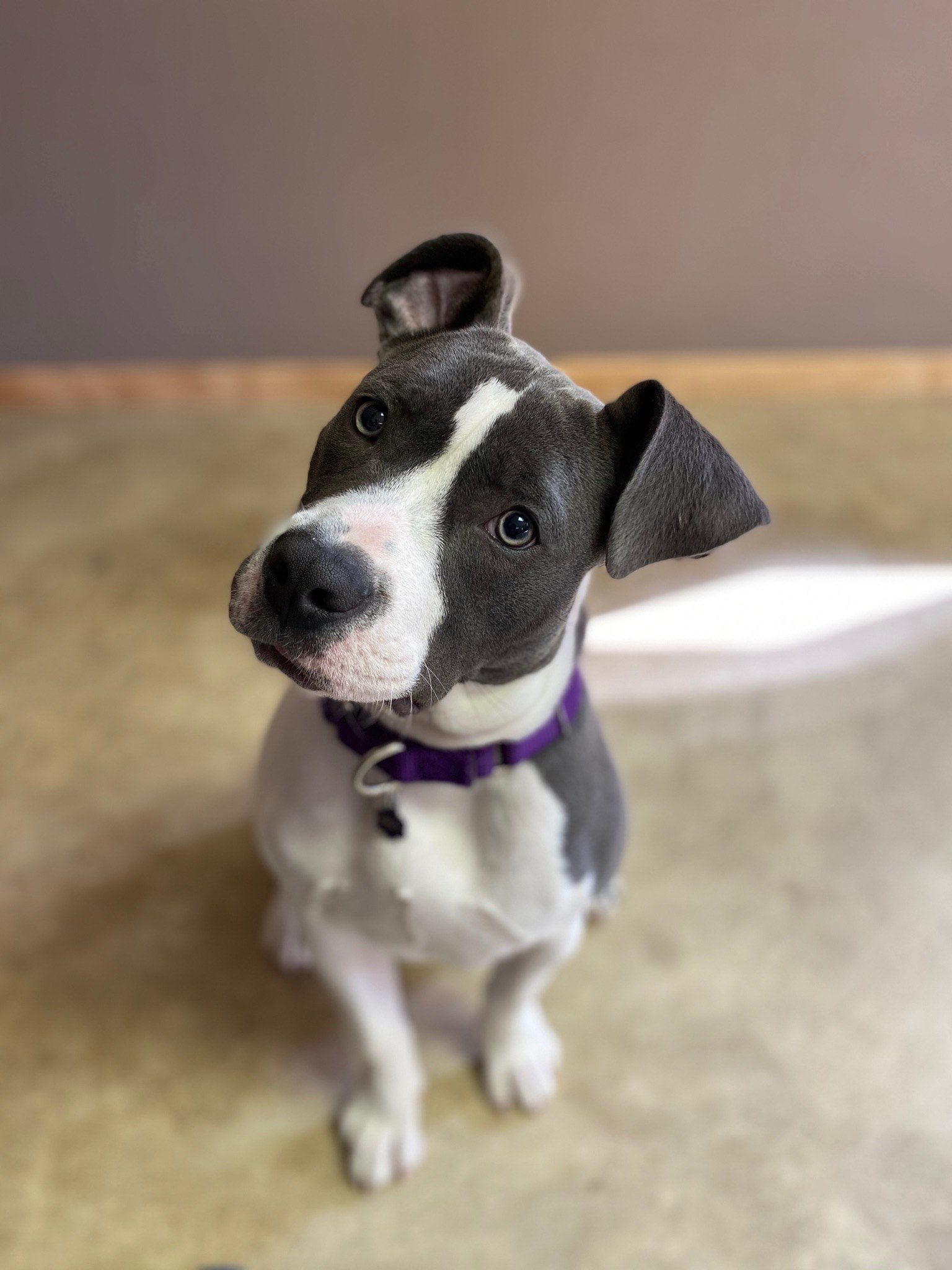It may come to be a surprise to some people, but dogs can also have allergies just like humans. Similarly to us, the allergies are caused by many different reasons including, food, chemicals, and environmental factors. An allergic reaction is when your dog’s immune system starts to react negatively to a specific substance. Symptoms may range from mild to sever and can be internal or external issues. It is important to be aware of the signs and symptoms your dog may show that can help you determine if the are actually having an allergic reaction.
Signs and symptoms may include:
- Excessive scratching or biting of the skin
- Itchy, runny, or watery/bloodshot eyes
- Paw chewing/swollen paws
- Itchy back or base of the tail (indicative of flea allergies)
- Constant licking of the skin
- Scabs, crusting and/or lesions on the skin
- Vomiting or signs of nausea
- Coughing, wheezing, or signs of asthma
- Frequent sneezing
- Snoring (result of a sore or inflamed throat)
- Hair loss
- Itchy, irritated-looking skin (red, scabbed, oozing or moist in appearance)
- Nasal discharge; runny nose
- Diarrhea
- Itchy or inflamed ears/ear infections
- Secondary bacterial/yeast infections of the skin
Some breeds may be more prone to allergies compared to others. Unfortunately breeds such as English and American Bulldogs, Boston Terriers, Chinese Shar-Peis, and Pugs are more predisposed to allergies. Other breeds that have a higher chance of having allergies include Pitt Bull Terriers, Standard Poodles, German Shepherds, Golden Retrievers, Cocker Spaniels, Bichon Frises, Labrador Retrievers, English Setters, and Doberban Pinchers. Nearly any dog can develop allergies of their lifetime so it is important to pay close attention to any symptoms you may see your dog displaying. Let your veterinarian know so you can develop an action plan to maintain and relieve the symptoms. You may be able to use a natural remedy and avoid the use of prescription drugs if it works for you dog. In most cases, your dogs allergic reaction will fall into one of three classifications (environmental, flea allergy dermatitis, or food).
ENVIRONMENTAL ALLERGIES: There is a number of factors than can play into your dog’s environmental allergies. There are outdoor allergens that may include ragweed, pollen, and different types of grass, along with indoor allergens such as fabrics, dust mites, cleaning chemicals, or mold. Being able to determine the source of the allergy is critical because the more they are exposed to the allergen, the more sensitive their reaction to the irritant may become. If your dog is having the allergic reaction to something outdoors, they may have seasonal allergies. If you find that the environmental allergy stems from something inside your home, they most likely have chronic (year-round) allergies.
Ways to help discover what is causing your dog’s environmental allergy:
- Bathe your dog regularly to help wash away allergens from their coat
- Use an air purifier in your home
- Maintain a smoke free environment around your dog’s living space
- Use non-toxic or all-natural/organic cleaning products
- Soak your dog’s feet in between baths to avoid cross-contamination of the allergens (if your dog is allergic to ragweed, odds are he’s collecting the plant spores and tracking it throughout the house)
FLEA ALLERGY DERMATITIS (FAD): This is a very frequent cause of skin irritant for dogs. Some may think that it is the fleas bite that causes the itching reaction when it is actually the flea’s saliva. Depending on your dog’s skin sensitivity, symptoms can range from mild to severe with the inflammation and irritation from the flea. It is important to be able to help control and try to prevent the issue from occurring with your pup.
Flea-control tips:
- Bathe your dog regularly – fleas are less likely to want to nibble on a clean dog. If your dog already has fleas, frequent baths will help to kill them off and soothe your dog’s itching skin.
- Comb your dog’s coat daily – this is especially important during flea season. Make sure to carefully examine your dog for fleas and flea feces.
- Use all-natural pest-repellants – Your pet store or veterinarian can suggest eco-friendly choices in order to prevent any harmful chemicals and toxins.
FOOD ALLERGIES: A food allergy can develop at any age during your puppy’s lifetime. It may be hard to discover the source of the allergy, but it is crucial to pay special attention to food allergies because they are so common and may cause severe health concerns. Your dog may show different symptoms when it comes to a food allergy and it is important to know what to look for.
Symptoms may include:
- Vomiting
- Diarrhea
- Ear infections
- Itchy skin/coat
As always, speak with your veterinarian about your dog’s diet. They may need a specially formulated for or dietary supplement. Or you may want to take a more natural and holistic approach and create a homemade dog food that is approved by your vet. In more common cases your dog may be allergic to a specific food source such as chicken or beef. It is very important to know that there are foods that are toxic/dangerous for every dog and should not be ingested.
Dangerous/toxic foods:
- Chocolate
- Avocado
- Onions
- Coffee, Tea & Other Caffeinated Beverages
- Bones & Fat Trimmings
- Persimmons
- Grapes & Raisins
- Xylitol (an artificial sweetener found in candy, gums, toothpaste, baked goods, diet foods etc.)
- Yeast Dough
- Alcohol
- Macadamia Nuts
- Sugary Foods & Beverages Milk & Other Dairy Products
- Garlic
- Peaches
- Raw Eggs
- Raw Meat
- Raw Fish
- Plums
- Salty Foods
If you think your dog has allergies, the first this you should do is plan an appointment with your veterinarian. Once they have run the necessary blood and skin tests for your dog, they will be able to verify to cause of your dog’s allergic reaction if you didn’t already know. It is important to follow your veterinarian’s instructions when it comes to any kind of medication given to your dog.



